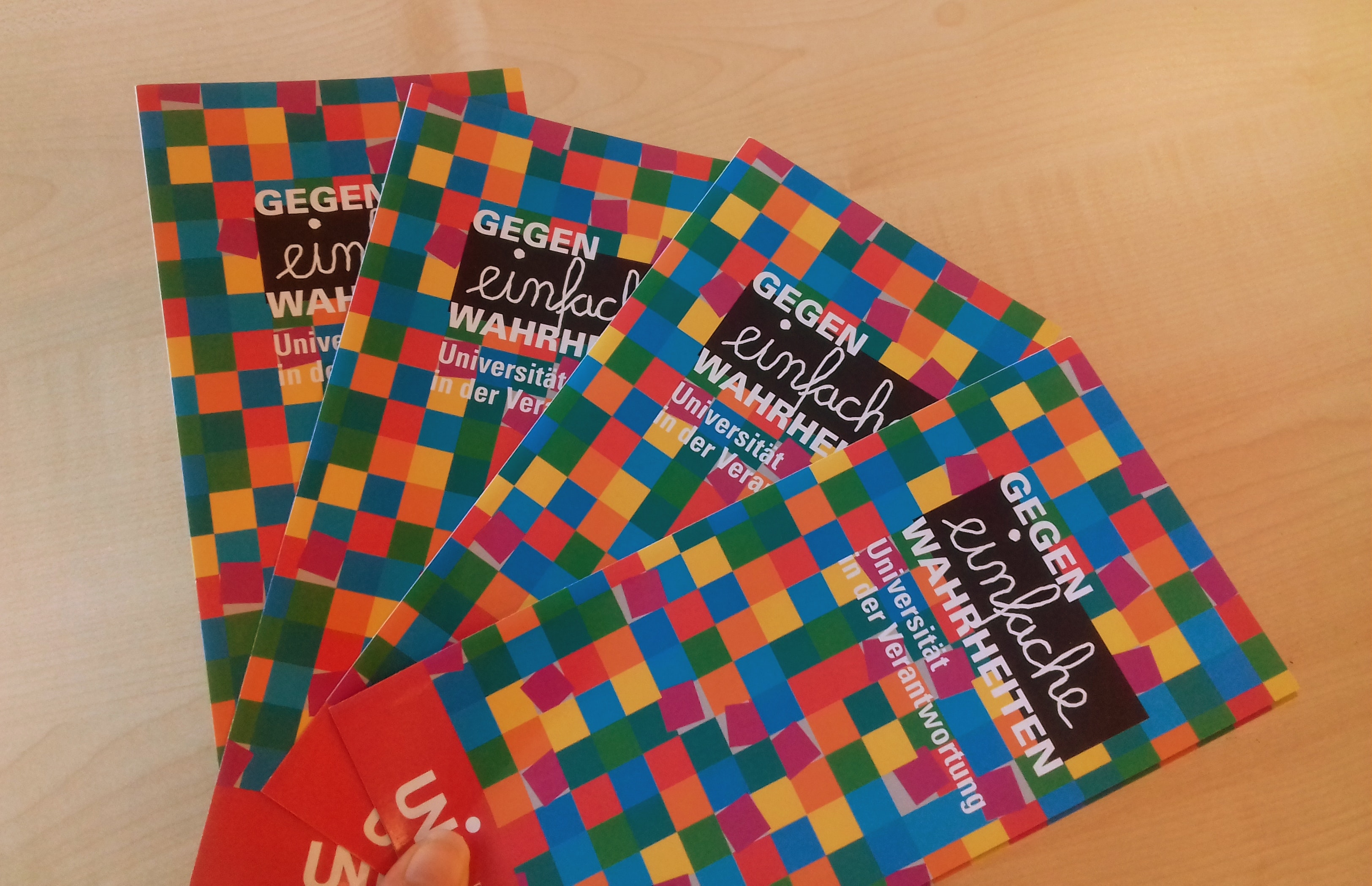 Are you still looking for cool things to do in Augsburg to enjoy this wonderful weather?
Are you still looking for cool things to do in Augsburg to enjoy this wonderful weather?
There are tons of fun things, like sitting on Rathausplatz and having some ice-cream, going strawberry picking, visiting the zoo, lying by the Lech, taking part in the Augsburger Sommernächte, and so on. So here are my top four summer destinations in Augsburg…
Lechflimmern
If you want to watch a movie, but you feel bad staying inside when it’s hot, Lechflimmern is right for you. It’s an open-air cinema at the Familienbad am Plärrer, which shows movies every day in July outside on a big screen. Unfortunately, you can’t take any food or something to drink, so you have to buy it there. Chairs are set up for you, but you can also bring a blanket to sit on. The doors open at 8pm and the movie starts when the sun sets. This summer, there are movies like Die Schöne und das Biest, Guardians of the Galaxy Vol.2 or Baywatch (they’re all in German only). You can look up their complete programme on the website.
Wertach + Kulperhütte
Cycle to the Wertach, which flows through Augsburg. You can relax and have something to eat and drink at the Kulperhütte, a beer garden in Göggingen with deckchairs, cool drinks and delicious food, such as vegetarian cuisine, traditional Bavarianand pastries (I recommend their fries, which are really good!) Or you take your own food and have a picnic at the Wertach. Tip: take some home-made iced tea and impress your friends.
such as vegetarian cuisine, traditional Bavarianand pastries (I recommend their fries, which are really good!) Or you take your own food and have a picnic at the Wertach. Tip: take some home-made iced tea and impress your friends.
Sonnendeck
This is where I really get into the summer mood, a kind of holidayfeeling, with my feet in the sand and a cocktail in my hand. Every summer the roof terrace at Parkhaus Ludwigstraße is filled with sand. There are deckchairs, music, food and cool drinks for a perfect mix of rooftop- and beach party without having to pay admission.
Kuhsee, Proviantbach, Plärrerbad
If you like swimming and sunbathing, you should definitely check out these three places!
First there is the Kuhsee, a lake in Augsburg-Hochzoll, which has a large lawn, where lots of people, young and old, enjoy sunbathing, having barbecues or playing frisbee, badminton and volleyball.
and old, enjoy sunbathing, having barbecues or playing frisbee, badminton and volleyball.
Then there is Proviantbach, which is a cold-water stream. You get in and don’t even have to swim because the current takes you as far as you like. Every fifty meters you can get out by climbing up a ladder. I recommend only going there when it’s very hot outside because the water is really chilly, which is perfect for hot summer days.
If you prefer heated water, I recommend the Familienbad am Plärrer, which has five different pools for every age.
So go for it! And have a great time!
Author: Julia Messing
Images: Julia Messing and Eva Sitzberger

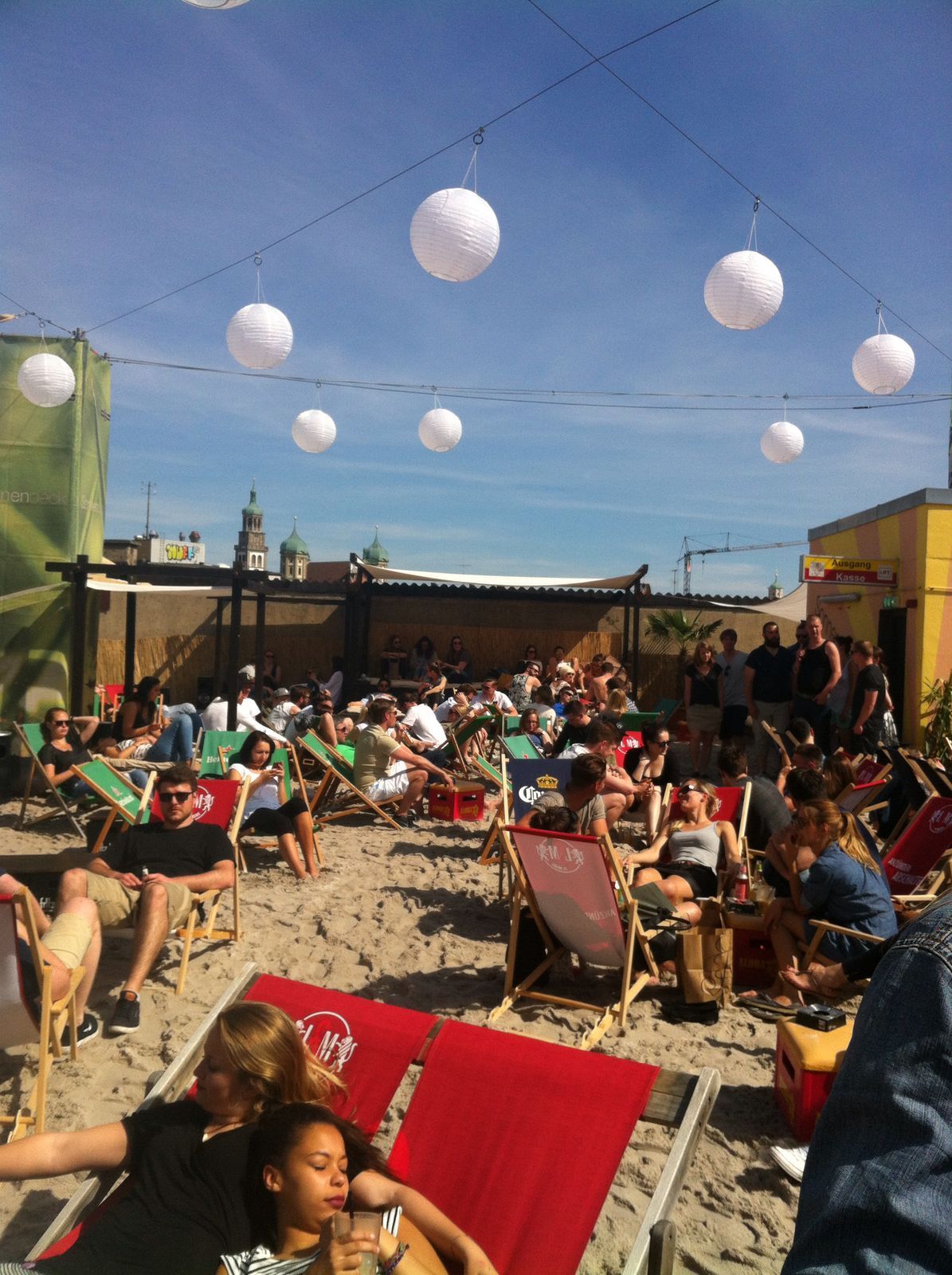
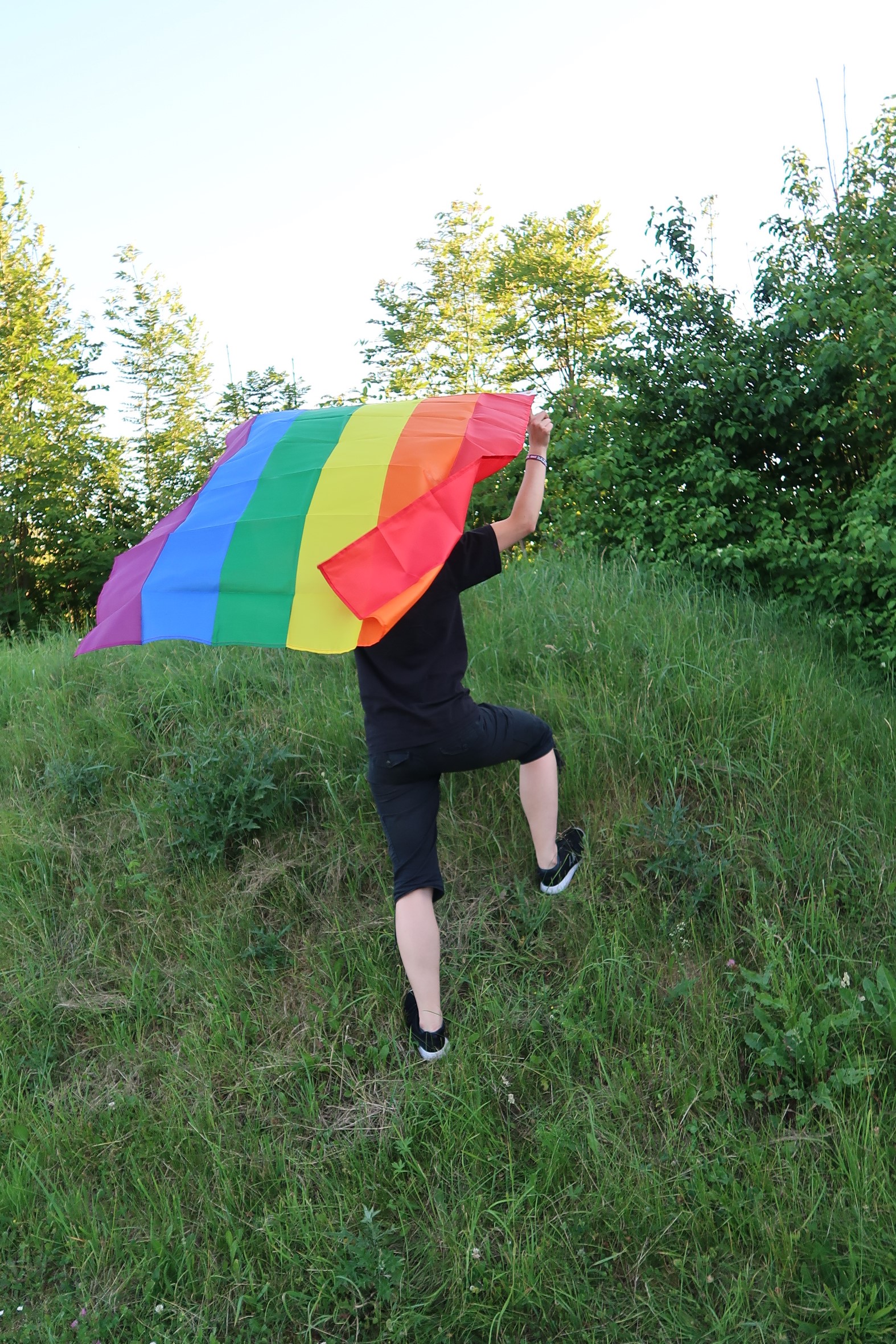


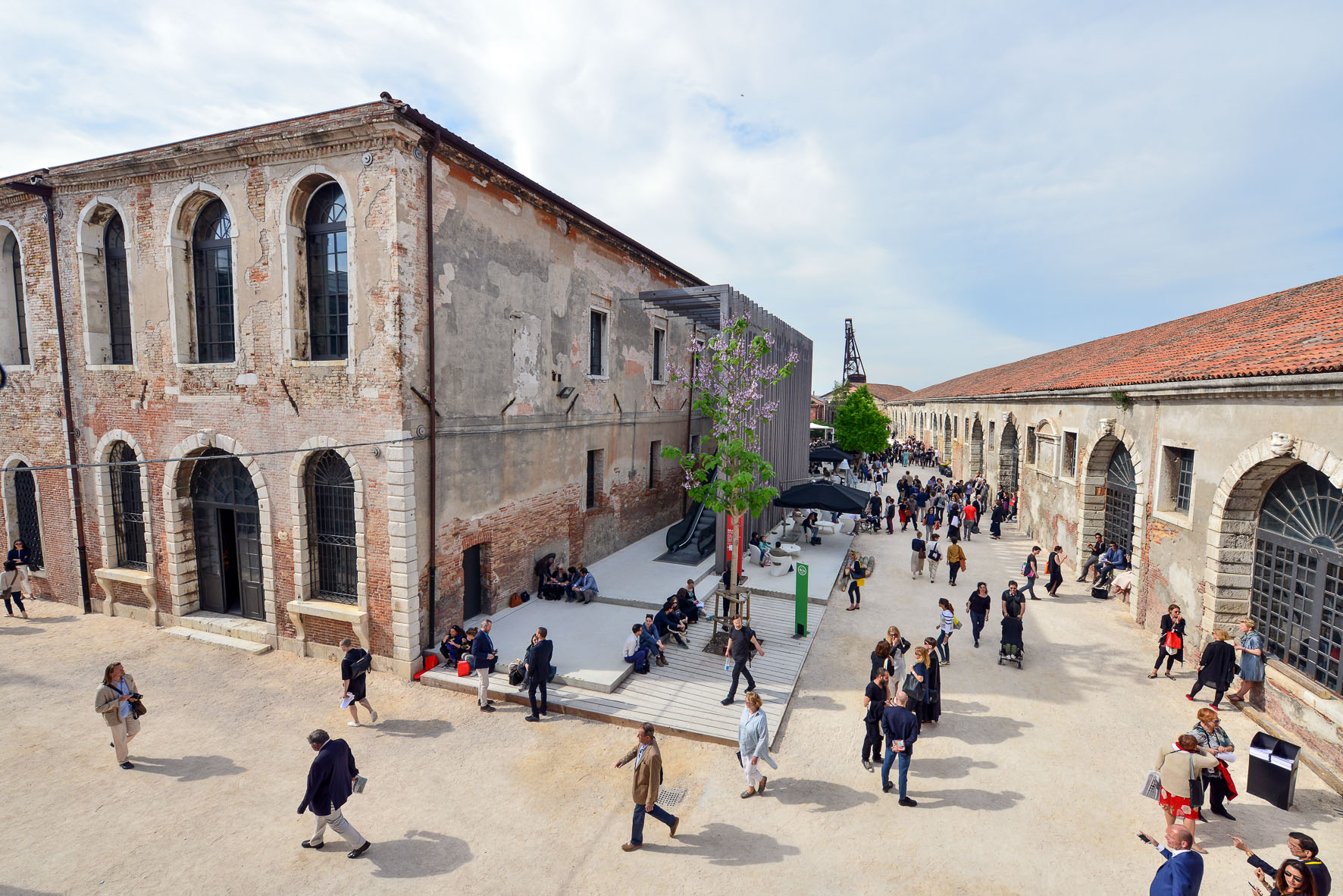




 Music
Music

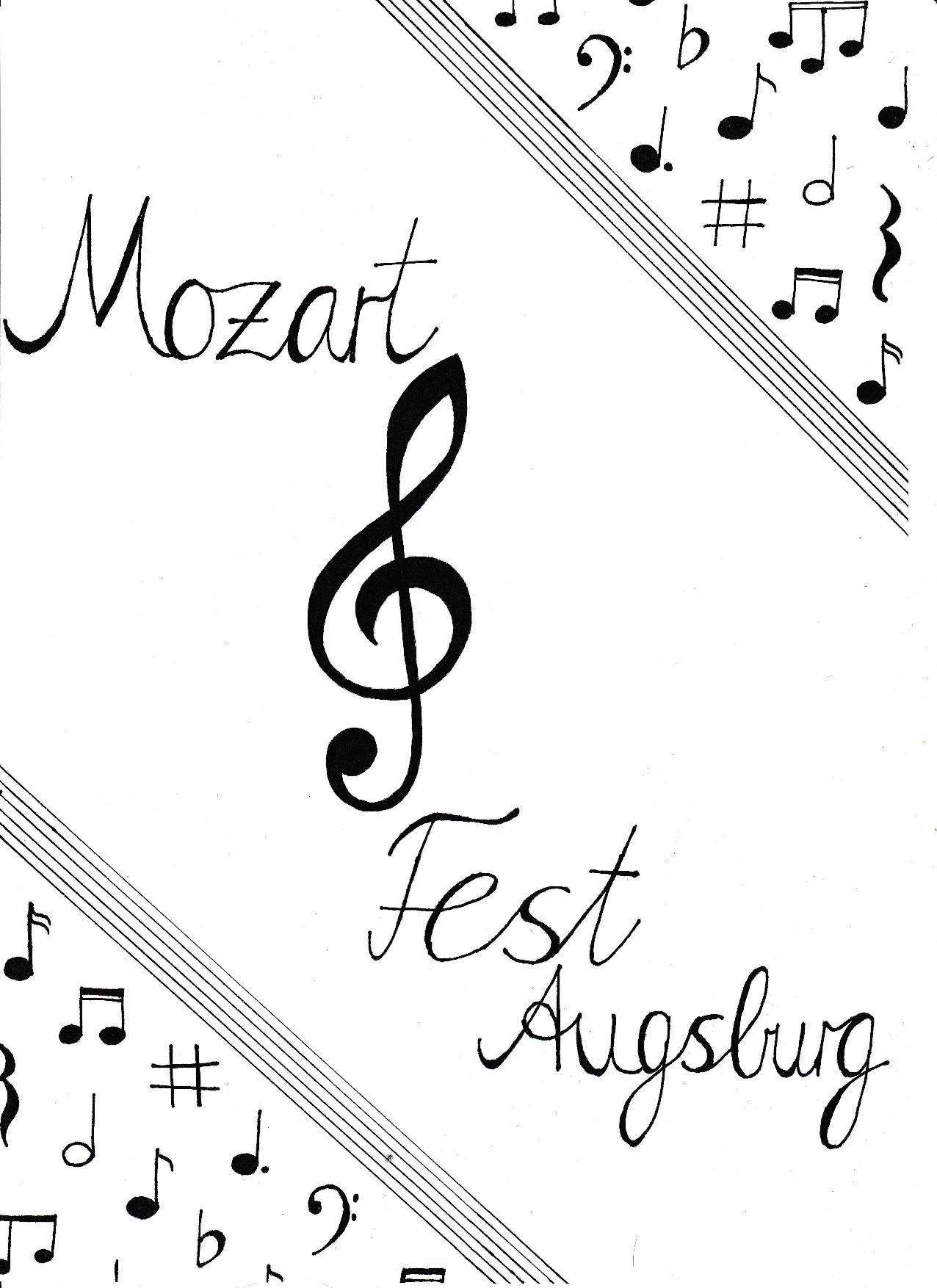
 Wolfgang Amadeus Mozart – a name you should be familiar with. Everybody knows Mozart and has heard at least one of his amazing pieces or seen one of his famous operas. But what if I tell you that most of what you think you know about Amadeus was actually made up after his death and is probably not true? What if even the name you’re so familiar with isn’t his actual name?
Wolfgang Amadeus Mozart – a name you should be familiar with. Everybody knows Mozart and has heard at least one of his amazing pieces or seen one of his famous operas. But what if I tell you that most of what you think you know about Amadeus was actually made up after his death and is probably not true? What if even the name you’re so familiar with isn’t his actual name?